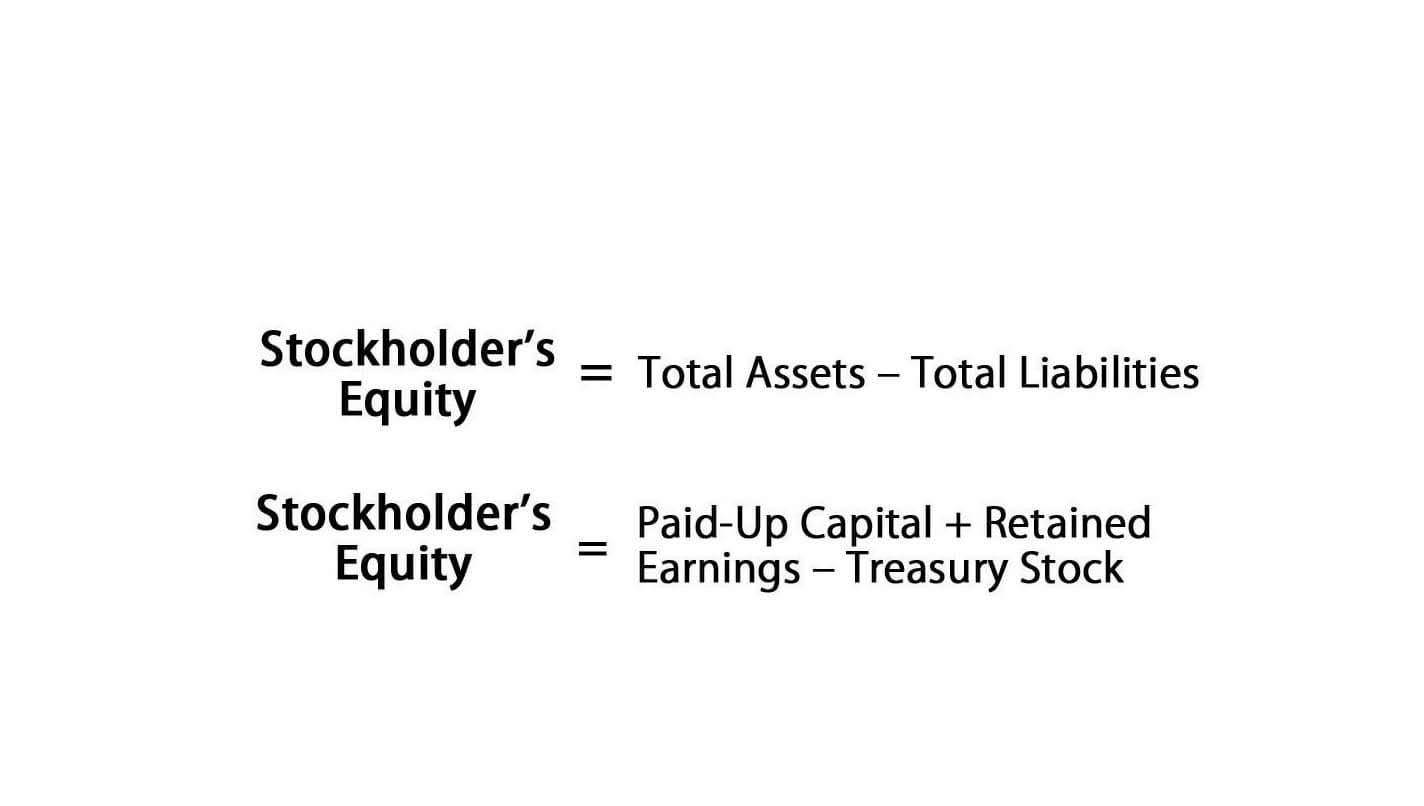Content

Any process involving a large number of manual calculations is susceptible to human error. Payroll software solves this problem with automated calculations, which free you up to address other pressing matters for your small business. Harold Averkamp has worked as a university accounting instructor, accountant, and consultant for more than 25 years. He is the sole author of all the materials on AccountingCoach.com. We now offer 10 Certificates of Achievement for Introductory Accounting and Bookkeeping. The Ascent is a Motley Fool service that rates and reviews essential products for your everyday money matters. We’re firm believers in the Golden Rule, which is why editorial opinions are ours alone and have not been previously reviewed, approved, or endorsed by included advertisers.
What is included in a payroll journal?
A payroll journal records the financial impact of each payroll process. It includes several columns, which list each account affected by the payroll. These include Wages Expense, Tax Payable, Insurance Payable and Cash.
You can also create separate journal entries for each employee if you need to break out the details. When recording payroll, you’ll generally debit Gross Wage Expense, credit all of the liability accounts, and credit the cash account.
Journal
Add the total debit and credits to get the net payroll payable amount, which you should record as a credit. To document your share of payroll expenses — besides your employees’ compensation — for the pay period, generate a report that shows your share of liabilities. This includes Medicare and Social Security taxes, federal and state unemployment insurance and your portion of employee benefits such as health insurance and 401 matching contributions. Under the pay period end date — separate from your employees’ entries — list your expenses by type as debits. Offset the total debits as credits to the respective expense accounts. A payroll journal entry includes employee wages, direct labor expenses, FICA expenses, payroll taxes, and holiday, vacation and sick days in the Debit section.
- For starters, understanding the payroll journaling process can help you find discrepancies in your software’s calculations that indicate numbers incorrectly entered into your system.
- Once the cash has been transferred, it’s time to upload the ACH file to the payroll account to send out direct deposit payments.
- • Federal Unemployment Tax Act • Law that requires employers to pay unemployment taxes to the federal government.
- Other items may be federal unemployment taxes and state unemployment taxes.
- Throughout her career, Heather has worked to help hundreds of small business owners in managing many aspects of their business, from bookkeeping to accounting to HR.
- Some withholdings and the employer’s portion of FICA were remitted on payday; others are not due until a later date.
If you’re an employer, you can’t just be on your merry way after paying your employees. To ensure your accounting books are accurate, learn how to record payroll transactions. This amount should equal the difference between the total salary amount debited to the salary account and the deductions credited to the taxes payable accounts. If the pay period ends on the actual payday — as is usually the case with salaried employees, who are generally paid current — you do not need to accrue payroll. Simply make one journal entry each to show your employees’ wages and deductions and your share of liabilities as an employer. Payroll accounting involves figuring your employees’ wages and deductions, documenting the outcome of your payroll activities and filing reports with the appropriate agencies.
Payroll Journal Entry Examples
The next step is to move cash from the operating account to the payroll account in anticipation of all cash payments going out. We’ll move the sum of the above numbers excluding accrued vacation and sick time. As direct deposits are sent to employees and the IRS pulls the EFTPS payment, journal entries are made to show cash paying down the liabilities. Each journal entry has debits and credits that must add up to the same number. Accounts on the left side of the equation increase when debited and decrease when credited, and vice versa for accounts on the right side. A third journal entry records the payment of the total net pay and the related reduction of cash.

The system will automatically calculate the tax liabilities and gross pay for you. It will generate payroll journal entries on your behalf that you can present at tax time. Next, gather and record any payroll expenses that your company has in your accounting books. Payroll expenses may include anything that your company paid during an accounting period, such as wages, salaries or benefits. Because payroll expenses are payments, you need to increase your expense account.
Employer Liabilities
The company can credit both its own and the employees’ FICA taxes to the same liability account since both are payable at the same time to the same agency. Payroll accounting is recording of salary expenses into the general ledger. The liabilities include income tax payable and payroll taxes payable accounts etc.

Therefore, it could be correct to state that the wages, salaries, and applicable payroll taxes are debited. When you switch accounting periods, make additional journal entries to reduce the cash account and eliminate the liability account balance. Decrease the liability account by debiting the payable entries in your books. Employees’ earnings for the quarter, accompanies the Forms W-2 sent to as well as FICA tax the federal government. Part of recording payroll distributions is recognizing the tax withholding and employer tax liability.
How do you record payroll deductions in journal entry?
We’ll assume that the distributor’s accounting month and accounting year both end on Saturday, December 31. The matching principle requires the company to report all of its December expenses on its December financial statements. This means the company must report on its income statement the hourly wages and other payroll expenses that the company incurred through December 31.
The issue here is that most businesses close their books at the end of each month – in this case, Nov. https://www.bookstime.com/ 30. Only a portion of Ella’s paycheck would be expensed the seven days she worked through Nov. 30.
Make payments
Laura Chapman holds a Bachelor of Science in accounting and has worked in accounting, bookkeeping and taxation positions since 2012. She has written content for online publication since 2007, with earlier works focusing more in education, craft/hobby, parenting, pets, and cooking. Now she focuses on careers, personal financial matters, small business concerns, accounting and taxation. Laura has worked in a wide variety of industries throughout her working life, including retail sales, logistics, merchandising, food service quick-serve and casual dining, janitorial, and more.
Liability AccountLiability is a financial obligation as a result of any past event which is a legal binding. Settling of a liability requires an outflow of an economic resource mostly money, and these are shown in the balance of the company. Executive prepare journal entries and record the transaction.
How to Make Payroll Journal Entries: A Small Business Guide
Debit the wages, salaries, and company payroll taxes you paid. When you record payroll, you generally debit Gross Wage Expense and credit all of the liability accounts.
- Similarly, the payroll department may withhold more payments from the employee than what it should have withheld.
- Withheld amounts represent liabilities, as the company must pay the amounts withheld to the appropriate third party.
- Some payroll services, such as ADP, are engineered to handle complex payrolls.
- The most basic payroll entry involves crediting cash and debiting wage expenses.
Calculate the total of the employer contribution for Social Security and Medicare, state unemployment taxes and federal unemployment taxes. These entries are then incorporated into an entitys financial statements through the general ledger. Memorize it in QuickBooks or go to the most recent entry and copy it. Setting up your journal entry and reconciling your payroll clearing payroll accounting account is a good way to stay on top of your largest expense and make paying payroll taxes seamless. A journal entry to a payroll clearing account is a journal entry that summarizes the total expenses that are included in all net payroll checks. In other words, this is an entry that helps you determine exactly how much you are paying out in payroll in a given period.
Step 1: Create manual tracking accounts
The FICA taxes paid by the employers are an amount equal to the FICA taxes paid by the employees. The amount of the increase to payroll tax expense is determined by adding the amounts of the three liabilities. To create payroll journal entries for these deductions, create a row for each type of tax titled “ payable.” Record each tax amount as a credit. Then, record the sum of these credits as a payroll tax debit. Let’s look at a simplified example to understand how this equation factors in with journal entries. When paying employees, for instance, you would debit your expense accounts because you lose cash.
What is the payroll tax liabilities?
The payroll tax liability is comprised of the social security tax, Medicare tax, and various income tax withholdings. The liability contains taxes that are paid by employees and taxes that are paid by the employer.





